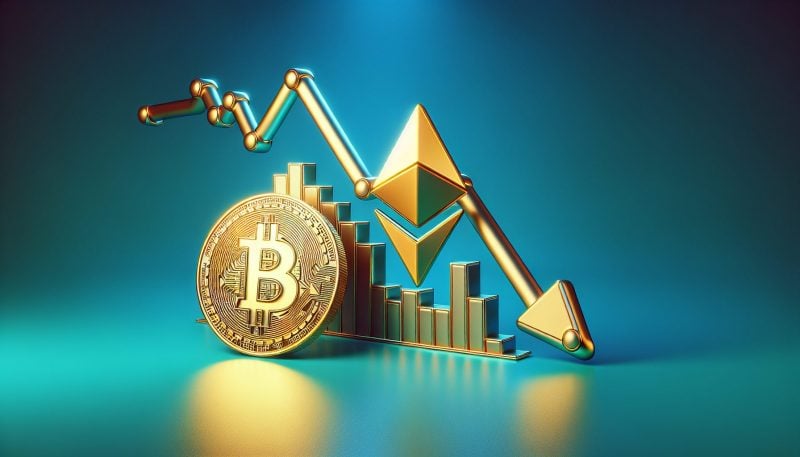Share this article
![]()
![]()
The U.S. economy experienced a sharper-than-expected cooling in the first quarter of 2024, with gross domestic product (GDP) growing at an annualized rate of 1.6%, according to the Department of Commerce. That would be the weakest pace of growth since the second quarter of 2022, when the economy contracted, and below the 2.2% expected by economists polled by FactSet.
The slowdown in economic growth can be attributed to several factors, including a sharp increase in imports, a decline in private inventory investment, and a marked slowdown in government spending. Personal consumption, which accounts for most of the economy's output, also slowed earlier this year, but continued to drive growth in the first quarter.
Lower-than-expected GDP figures have raised concerns about the possibility of stagflation, a combination of high inflation and low economic growth. This scenario would lead to a decline in risk assets, with the Dow Jones Industrial Average down 500 points at the opening bell, the S&P 500 down 1.3%, and the Nasdaq Composite Index down 2%.
Despite the economic slowdown, the Fed appears to be in no hurry to cut interest rates. Inflation has slowed significantly over the past year, but the pace of decline has stalled in recent months. The Fed is likely to start lowering rates if it is confident that inflation is under control and on track to reach its 2% target. But if the economy suddenly weakens, the central bank could cut interest rates sooner than expected.
The latest GDP numbers do some damage to the view that the US economy may be overheating, potentially changing the schedule for the start of the Fed's interest rate cutting cycle.
Quincy Crosby, chief global strategist at LPL Financial, said the weak opening of first-quarter GDP numbers could push the timing of rate cuts back to July.
The crypto market, which is sensitive to macroeconomic trends, is being affected by renewed concerns about stagflation in the United States. Bitcoin, the top cryptocurrency by market capitalization, was trading at nearly $62,400 at the time of writing, down 2.5% in 24 hours. Ether (ETH) fell 3% to trade at $3,200.
The market appears to be balancing the threat of stagflation with potential bullish factors such as liquidity injections from the Treasury General Account (TGA) and the launch of a Hong Kong Bitcoin ETF. However, the bullish mood surrounding the ETF's launch has been tempered somewhat by news that mainland Chinese investors will no longer be able to trade the ETF.
Share this article
![]()
![]()

